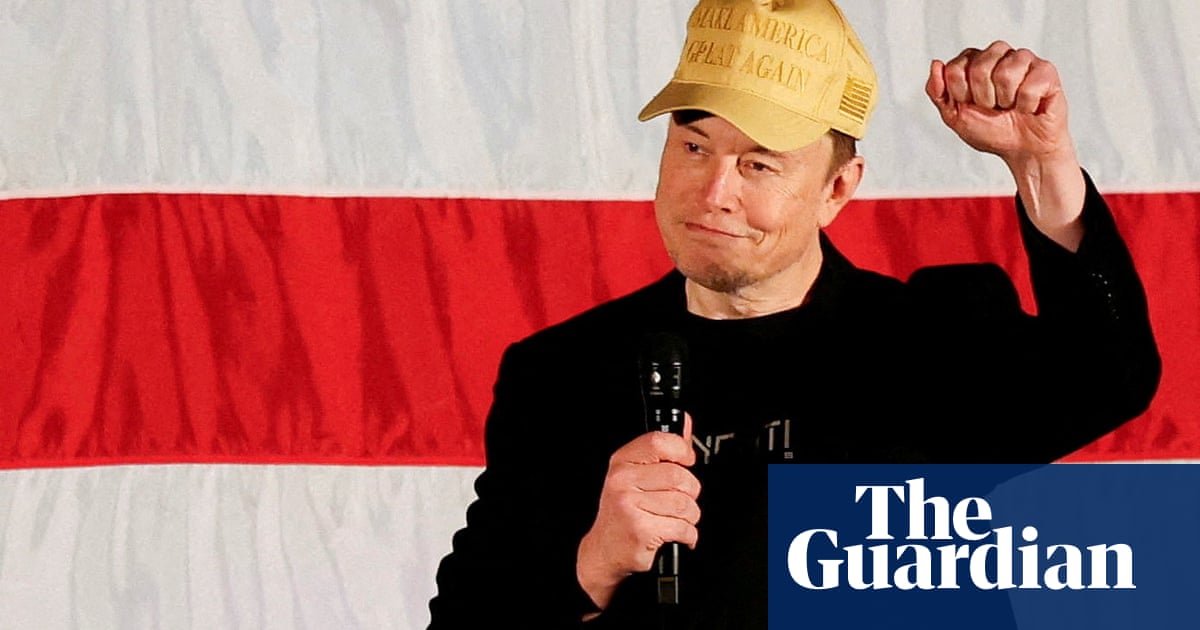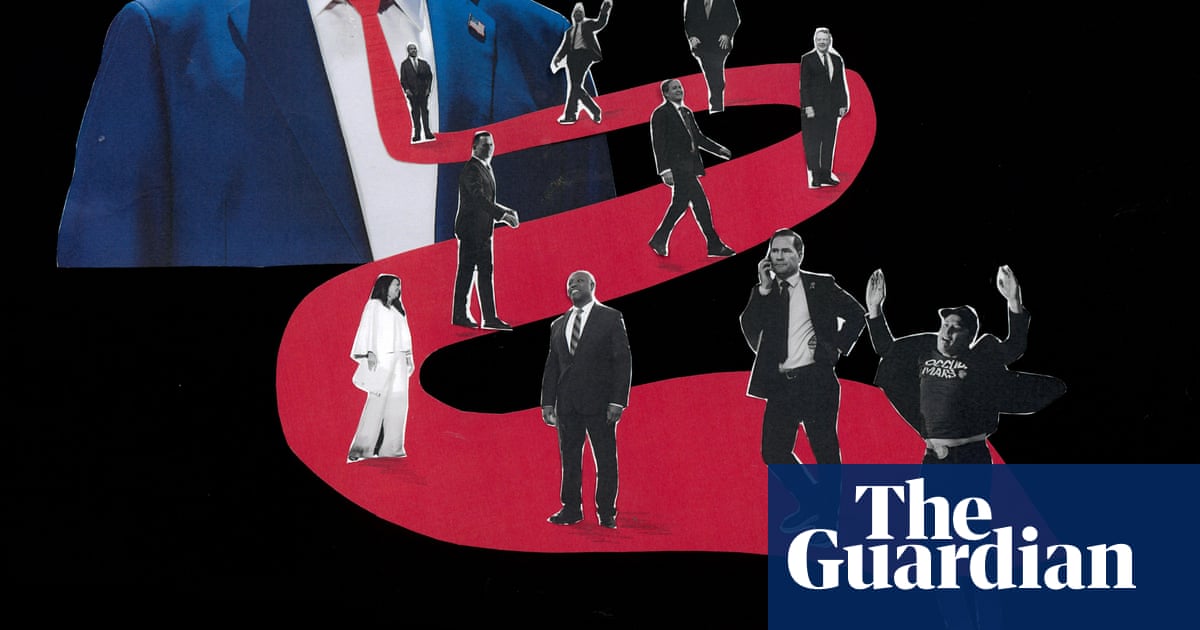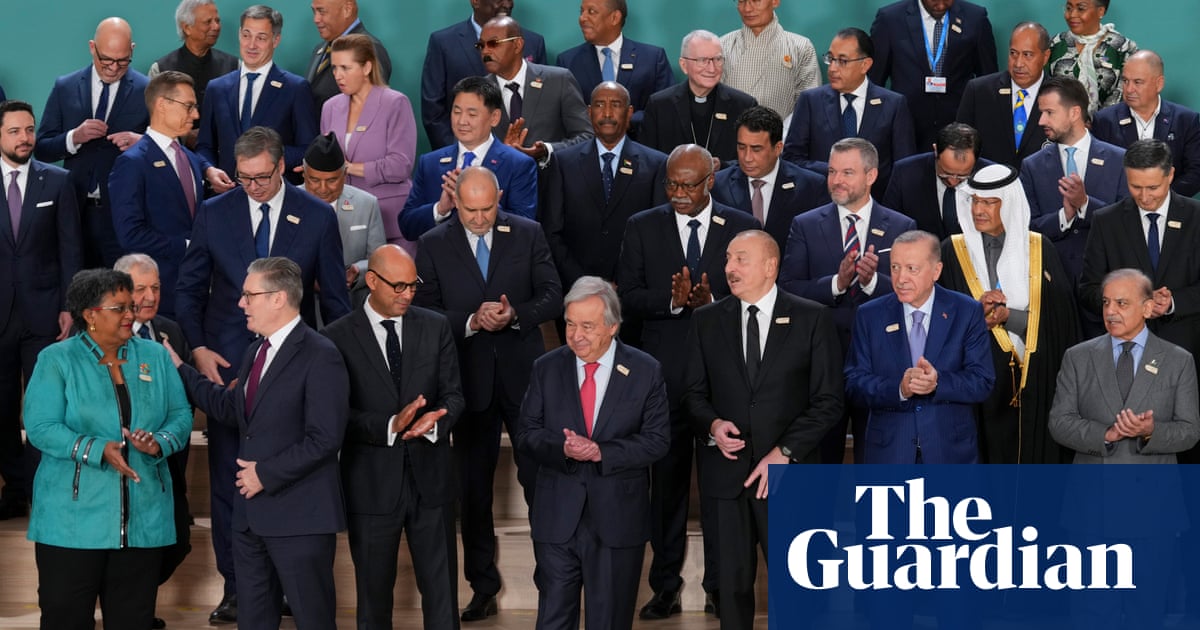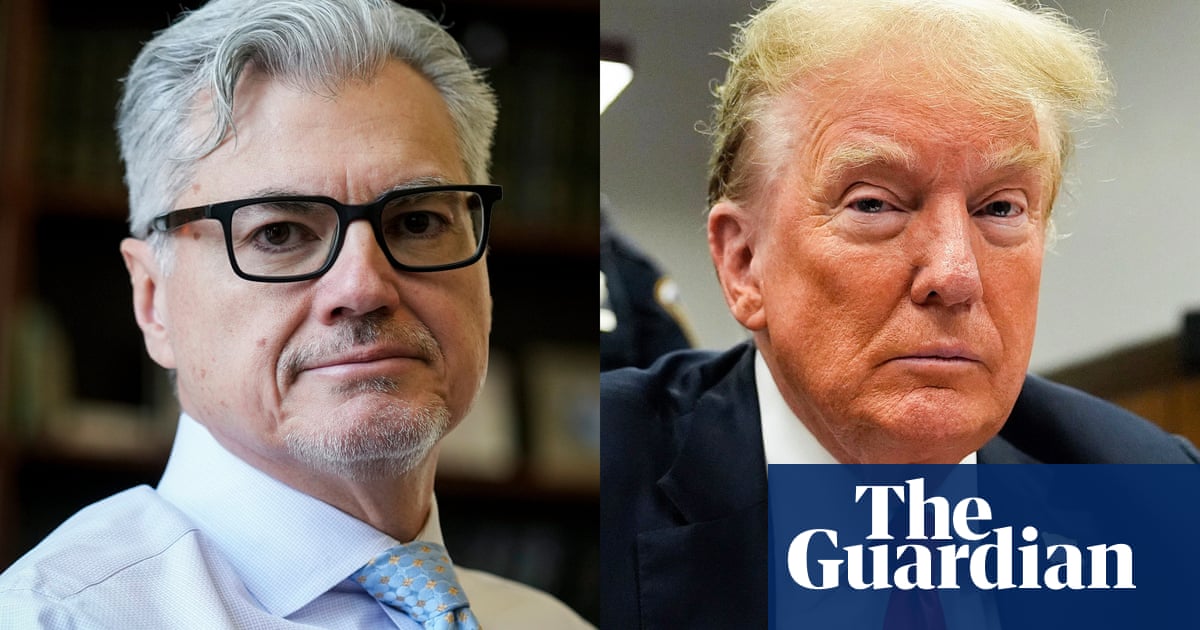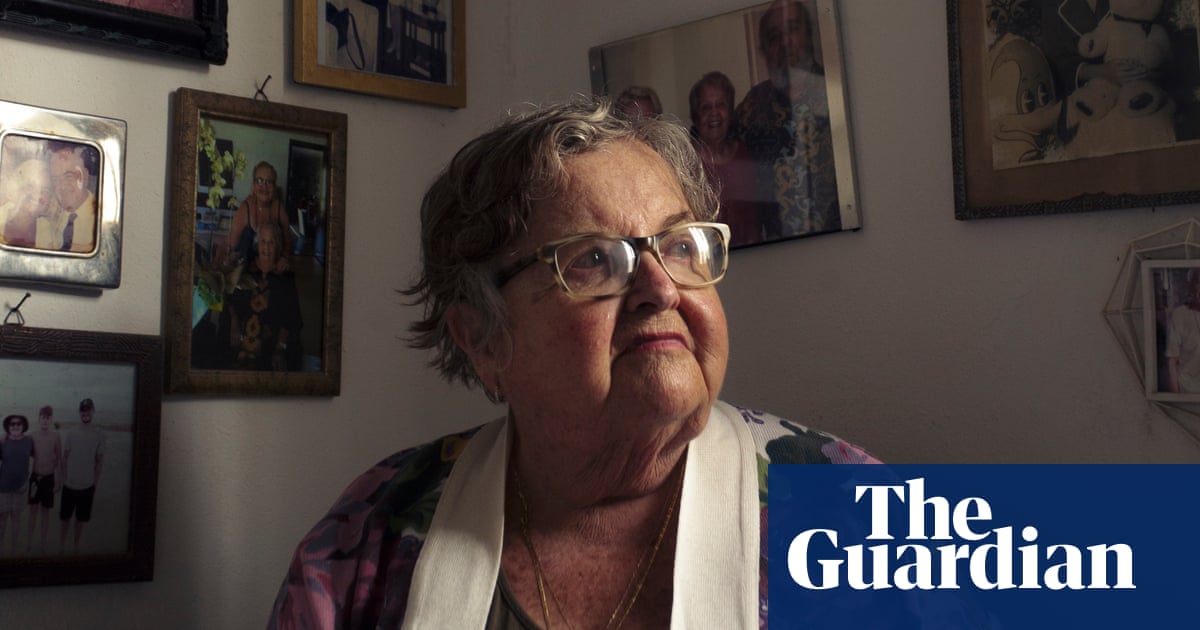There is âno signâ of the transition away from burning fossil fuels that was pledged by the worldâs nations a year ago, with 2024 on track to set another new record for global carbon emissions.
The new data, released at the UNâs Cop29 climate conference in Azerbaijan, indicates that the planet-heating emissions from coal, oil and gas will rise by 0.8% in 2024. In stark contrast, emissions have to fall by 43% by 2030 for the world to have any chance of keeping to the 1.5C temperature target and limiting âincreasingly dramaticâ climate impacts on people around the globe.
The worldâs nations agreed at Cop28 in Dubai in 2023 to âtransition awayâ from fossil fuels, a decision hailed as a landmark given that none of the previous 27 summits had called for restrictions on the primary cause of global heating. On Monday, the Cop28 president, Sultan Al Jaber, told the summit in Baku: âHistory will judge us by our actions, not by our words.â
The rate of increase of carbon emissions has slowed over the last decade or so, as the rollout of renewable energy and electric vehicles has accelerated. But after a year when global heating has fuelled deadly heatwaves, floods and storms, the pressure is on the negotiators meeting in Baku to finally reach the peak of fossil fuel burning and start a rapid decline.
Cop29 will focus on mobilising the trillion dollars a year needed for developing nations to curb their emissions as they improve the lives of their citizens and to protect them against the now inevitable climate chaos to come. The summit also aims to increase the ambition of the next round of countriesâ emission-cutting pledges, due in February.
The new data comes from the Global Carbon Budget project, a collaboration of more than 100 experts led by Prof Pierre Friedlingstein, at the University of Exeter, UK. âThe impacts of climate change are becoming increasingly dramatic, yet we still see no sign that burning of fossil fuels has peaked. Time is running out and world leaders meeting at Cop29 must bring about rapid and deep cuts to fossil fuel emissions.â
Prof Corinne Le Quéré, at the University of East Anglia, UK, said: âThe transition away from fossil fuels is clearly not happening yet at the global level, but our report does highlight that there are 22 countries that have decreased their emissions significantly [while their economies grew].â The 22 countries, representing a quarter of global emissions, include the UK, Germany and the US.
The calculation of 2024 emissions is based on the data available up to October and estimates for the final months of the year, which have been accurate in the past. More than 37bn tonnes will be emitted in 2024, about 4m tonnes a minute.
Gas emissions show the biggest annual increase, 2.4%, thanks to increased use in China and elsewhere. Oil burning increased by 0.9%, driven in particular by international flights, while coal emissions are expected to rise marginally by 0.2%.
The emissions of China, the worldâs biggest polluter, are expected to rise slightly. âIt has had another record year of growth in renewable power, but coal power also kept growing due to even faster growth in electricity demand from hi-tech industries and residential consumption,â said Jan Ivar Korsbakken, at Center for International Climate Research (Cicero) in Norway. Emissions from oil in China have probably peaked owing to the boom in electric vehicles.
Emissions from the second biggest polluter, the US, are expected to decline slightly, with coal continuing its decline to its lowest level in 120 years, but offset by an increase in gas burning. Coal emissions are falling even faster in the European Union, driving a 3.8% drop in emissions. However, coal burning is increasing in India as its economy grows strongly, leading to a 4.6% rise.
The Global Carbon Budget also calculates the emissions from the destruction of forests, some of which are compensated for by the regrowth of trees elsewhere. These emissions have declined by about 20% over the last decade. However, they rose in 2024 because of the drying effect of El Niño, which increased droughts and wildfires in key regions.
Most of the emissions from deforestation comes from Brazil, Indonesia and the Democratic Republic of the Congo. âMuch of these emissions result from the export of goods to the global north, for example soya beans from South America going to China and to Europe,â said Prof Julia Pongratz, at the University of Munich, Germany.
Overall, the combined emissions from both fossil fuels and deforestation will reach another record high in 2024. âThere is a feeling that a peak in global fossil CO2 emissions is imminent, but it remains elusive,â said Dr Glen Peters, also at the Center for International Climate Research. âThe world continually finds ways to burn ever more fossil fuels.â
Romain Ioualalen, at Oil Change International, said: âAt Cop28, all countries pledged to transition away from fossil fuels but, on the ground, we have witnessed the opposite: new oil and gas projects are being approved around the world, in complete defiance of climate science.â
âAt Cop29, we need to see countries come to the table with [commitments] that end fossil fuel expansion and accelerate renewable energy,â he said. The host of Cop29, Azerbaijan, is planning a major expansion in gas production in the next decade.

